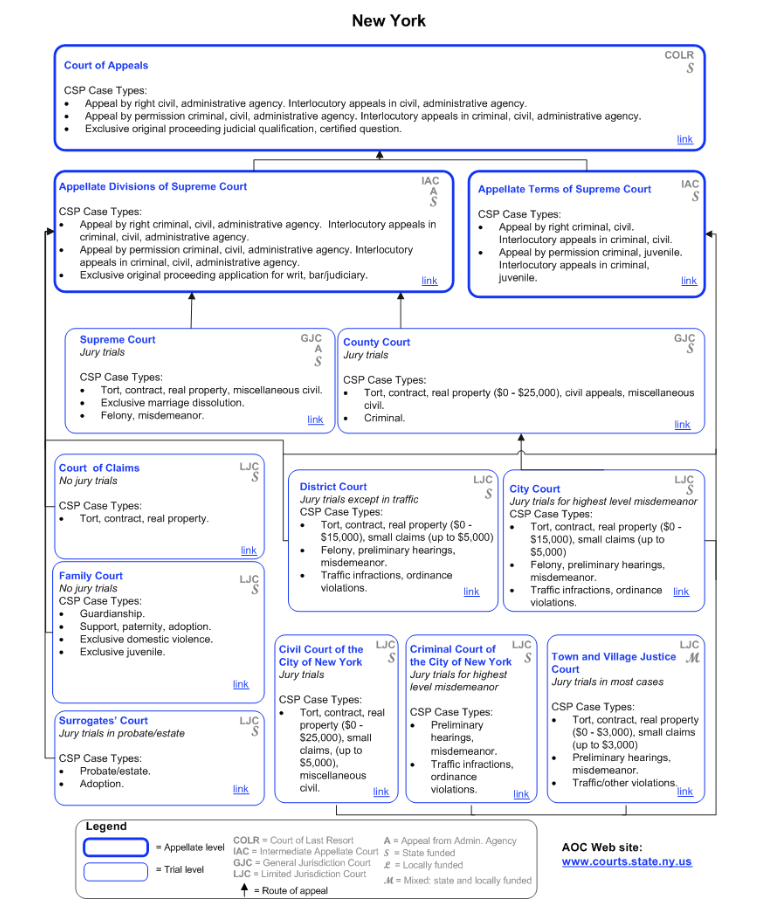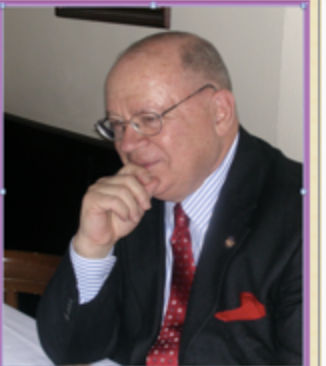Eleven years ago I described in this space how one Brooklyn courtroom alone was likely wasting $10,000,000 in legal time, each year. Yeah, I know what you’re thinking. But I’ve actually been blogging longer than that.
Our courts are chock full of inefficiency, and the worst hit in this morass may well be the small and solo firms in the day-to-day matter of trying to get routine tasks done. Our bar associations have this odd habit of catering to the Big Law. Small Law, it seems, doesn’t really matter.
And so, on Tuesday when I saw this letter to the editor of the New York Law Journa, which touched on some of the points I made a decade ago, I reached out to its author for permission to re-publish it here, to widen, ever so slightly, the audience.
For the non-lawyers who may be reading there’s a bit of inside baseball going on in this letter. But this gives you the gist of how sexy our practice really is on some days.
Without further ado, I bring you Sid Baumgarten, who has been around the block a few times as a general practitioner with over 40 years of experience: ——-
Regarding your story about “Millenials Skipping Bar Meetings,” I believe the “syndrome” is not limited to a certain age group. The bar associations here in NYC are becoming irrelevant. (Note that the NY County Lawyers Association has sold its building on Vesey Street.)
I am an octogenarian and I serve as vice-chair of the NYCLA committee on Law-Related Education. Our usual attendance at this important committee headed by retired Justice Price is about 6-10 members. Other than those meetings I rarely attend bar association events.
I attribute the decline in attendance to a variety of reasons:
First, I expected these associations to seriously lobby for needed reforms in the judicial system, but they have rarely done so. On those occasions, it is usually when the fortunes of the “white-shoe law firms” are at stake. There are few, if any, efforts to solve problems for the small firms or solo practitioners. I have importuned them on a number of occasions to speak out on issues that affect the small firms and solos, to no avail.
In early 2018, federal Judge Jed Rakoff spoke about the high cost of legal services and I wrote to the NY Law Journal that “Judge Rakoff did not mention that the judges themselves, as well as the court rules have made the legal process into a nightmare for lawyers, with particular impact on the small firm or solo.” I addressed a few of those problems.
A) The Preliminary, Status and Compliance Conferences where hours are spent just to fill out a form which then gets rubber-stamped by the judge or court attorney. Or the judge or court attorney spends a half-hour with one case discussing discovery issues while another 50 lawyers are forced to sit around and wait. An entire morning spent—and billed to the client—for matters that didn’t need to be before the court in the first place.When I started to practice law most of these issues were resolved by the attorneys themselves. The lawyers ‘charted the course of litigation.’ In a current case I am handling, there are at least 14 lawyers involved in a personal injury case, most of them representing various defendants. Compliance conferences were really a waste. Not once have all the attorneys been able to attend each scheduled date, so it keeps getting adjourned. Mornings wasted and billed to the client.
B) I have questioned also the matrimonial practice of requiring the parties to be present for each and every court date. Why? Is it necessary for the client to take a day off from work to just stand there while the lawyers consult with the court on routine preliminary matters? Also, when was it divined that when a matrimonial settlement is reached and the parties have all signed written, notarized agreements, there must now be an allocution—as if they were entering a plea to a felony?
C) Among the many mysteries of our system here in NYC is the time it takes to get a judgment entered. Where are the bar associations lobbying to give the county clerks sufficient resources to move matters more quickly? An uncontested matrimonial judgment can take months to be “entered.” I had one in Dutchess County and I had the final judgment in hand the same day it was finalized and signed by the judge!In one of my cases where summary judgment was granted and I submitted a $200,000 Judgment to the county clerk it took more than three months be get it “entered.” A civil court judgment for less than $4,000 also took three months to be entered. In July 2016, I wrote to the president of the New York County Lawyers Association regarding each of the matters set forth above. No reply.
Second, the bar associations, in addition to taking up the foregoing issues, should be focusing on some other interesting anomalies. For example, I have volunteered to arbitrate fee disputes pursuant to the court rules and most have involved from a few hours to an entire day. No pay expected! But why are we not at least offered CLE credits? When I volunteer for the Empire State Moot Court trials as a judge or scorer, I get a few CLE credits for just a half-day. Those are student competitions; the fee arbitration involves real clients and real lawyers and oft-times substantial sums involved—and the arbitrator gets nothing.
Third, the bar associations should be furious with the current state of the IAS system which now requires the practitioner to know or read the individual rules of over 200 judges. There should be uniform rules—-period.
More than 40 years ago I served as law secretary (now “court attorney”) to the administrative judge in Queens Supreme Court. At that time, before the IAS system was instituted, we had special term part 1 for contested motions and special term part 2 for ex parte matters. Most of the motions in special 1 were involved with pre-trial matters, discovery, compliance, etc. and a small number of dispositive motions. Most were decided in a few days, some in a few weeks and rarely more than that, except for highly technical cases requiring input from the law department.
At that time we saw no need for the “vertical” IAS system, which in retrospect has not improved efficiency or expediency. I now have dispositive motions pending for as long as 13 months in Supreme Court. Moreover, the IAS judges routinely refer settlement conferences to another judge or referee and also often send the case to another judge for trial. So much for the “vertical” IAS system!
Finally, I lament the loss of the collegiality among lawyers and judges. Everyone is so uptight about political correctness and/or being viewed as not “tough enough” by their clients, it has produced an iciness where if you even say hello to your adversary it is viewed as inappropriate. We used to have lunch with our adversaries and enjoyed each others company and anecdotes without being accused of weakness or worse. That atmosphere has, no doubt, made it less enjoyable to attend bar association functions or to participate in their committees.
There is no time to explore other impacts on attorneys who practice in the state courts, not just the millennials. In my view, litigating in the New York courts has become so frustrating that I know many young attorneys who have given up litigation totally. These are what I think the bar associations should be dealing with every day!
My colleagues, of all ages, often wonder why they keep paying dues to the bar associations.
Sidney Baumgarten is a litigator in New York City and a member of several bar associations.





